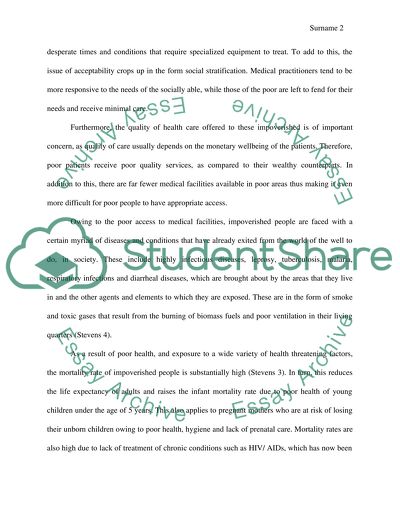Cite this document
(Poverty Coursework Example | Topics and Well Written Essays - 1750 words, n.d.)
Poverty Coursework Example | Topics and Well Written Essays - 1750 words. https://studentshare.org/social-science/1600104-poverty
Poverty Coursework Example | Topics and Well Written Essays - 1750 words. https://studentshare.org/social-science/1600104-poverty
(Poverty Coursework Example | Topics and Well Written Essays - 1750 Words)
Poverty Coursework Example | Topics and Well Written Essays - 1750 Words. https://studentshare.org/social-science/1600104-poverty.
Poverty Coursework Example | Topics and Well Written Essays - 1750 Words. https://studentshare.org/social-science/1600104-poverty.
“Poverty Coursework Example | Topics and Well Written Essays - 1750 Words”. https://studentshare.org/social-science/1600104-poverty.


